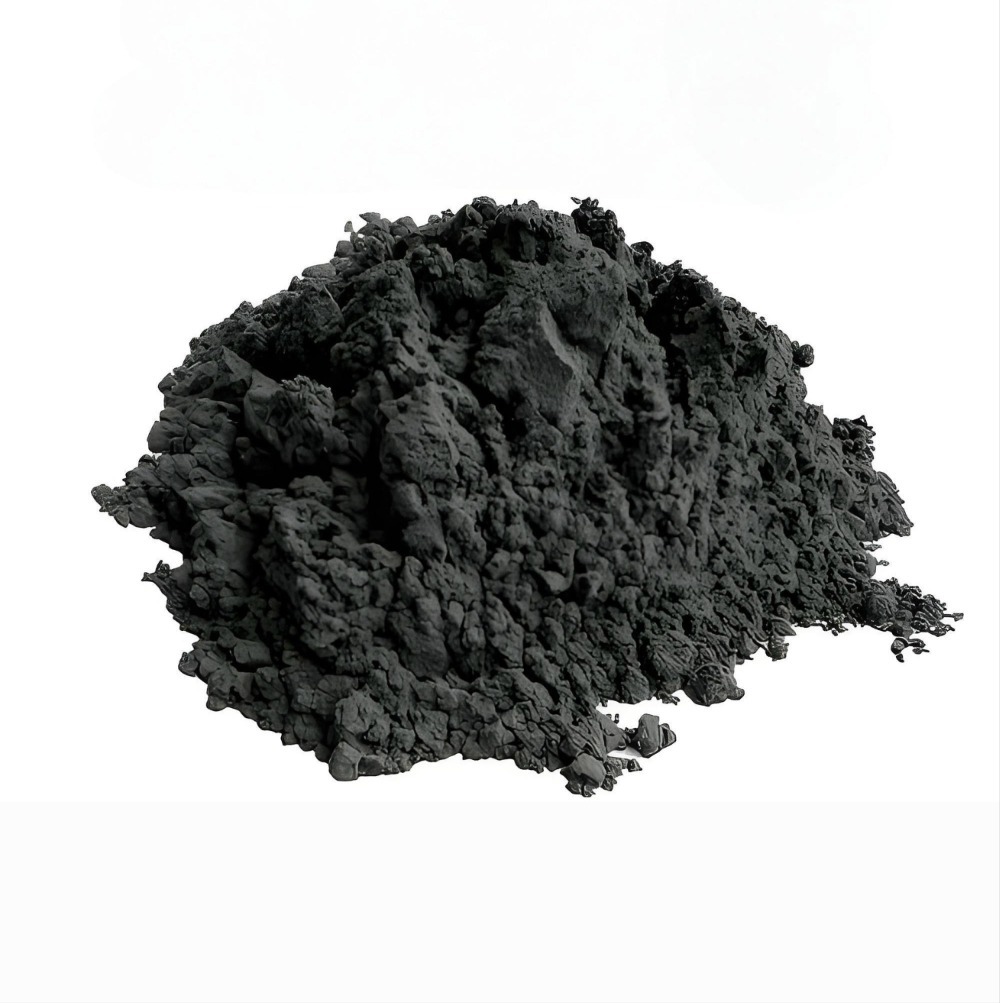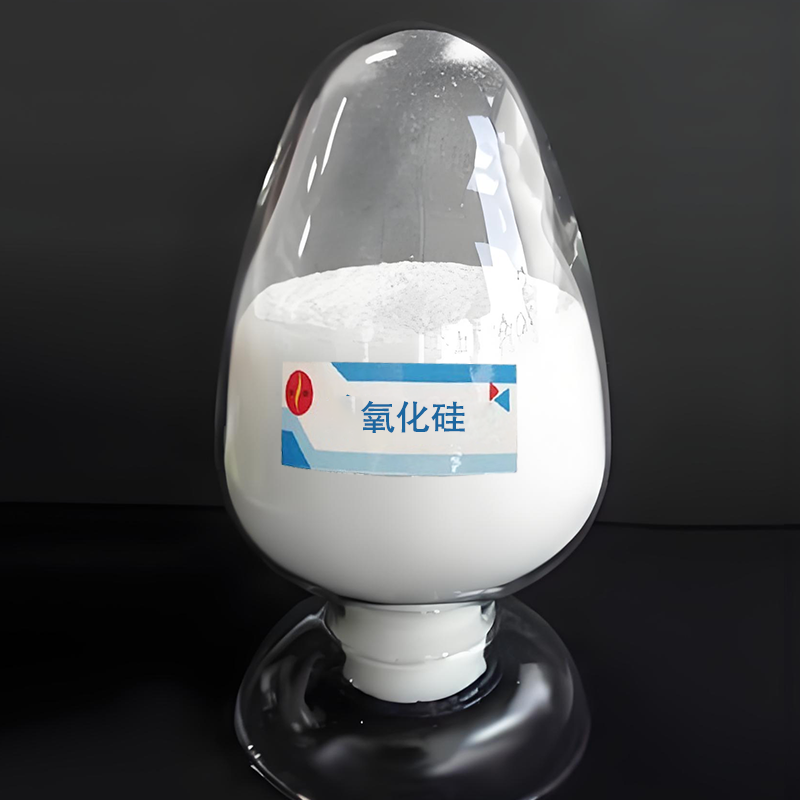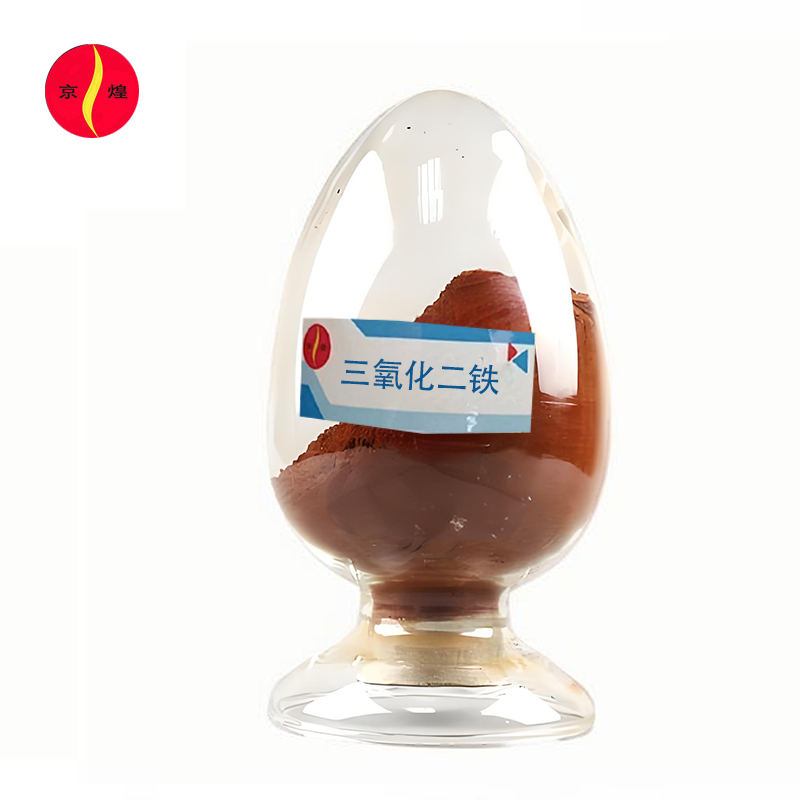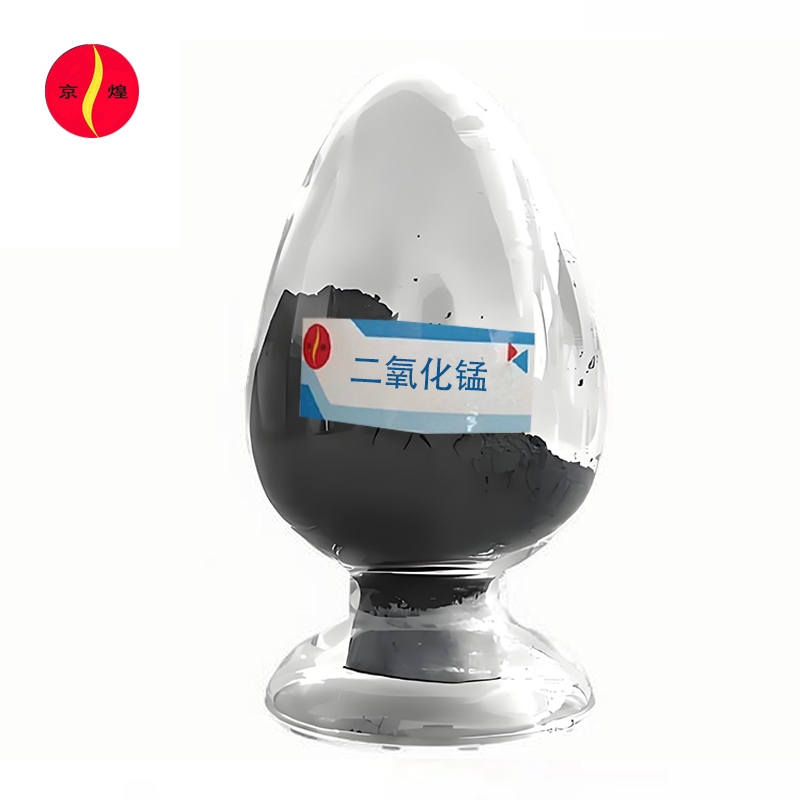Contact Us
Tel/WeChat: +86 13273449929
E-mail: sales1@jinghuangnm.com
Address: 1803, Block C, Wanda Plaza Office Building, Yuhua District, Shijiazhuang City, Hebei Province
Nano Yttrium Oxide
- Commodity name: Nano Yttrium Oxide
Number:
Key words:
- Product Description
-
Product Features:
1. Yttrium oxide is a white or light yellow nano rare earth oxide.
2. It has micro-hygroscopic properties, easily absorbing water and carbon dioxide from the air, turning into basic yttrium carbonate.
3. Yttrium oxide is insoluble in water and cold acids, but soluble in hot dilute acids.Product Parameters:
Testing Items Testing Standards Testing Results Purity 98~99.5% 99.90% Particle Size ≤50nm 10-20 Fe - <0.01% Si - <0.01% Ca - <0.02% Al - <0.01% Mg - <0.01% Application Industries:
1. Used in the manufacture of alloys, ceramic dielectrics, industrial luminous carbon rods, glass, and catalysts, etc. It can significantly improve the dielectric properties of ceramic materials, allowing them to maintain stable electrical performance in harsh environments such as high temperature and high frequency, and can also enhance the luminous efficiency and stability of carbon rods, as well as improve the optical properties and thermal stability of glass.
2. Used in the manufacture of magnetic bubble materials for computers, which have characteristics such as high speed, large capacity, and small size, making them an important component of modern computer storage technology.
3. Used as a dopant for phosphors, optical glass additives, dental materials, and in the manufacture of alloys, dielectric ceramics, etc.
Get Quote
Note: Please leave your contact information and our professionals will contact you as soon as possible!
Related Products








